Olive Young - Gwangju Seonun District Branch [Tax Refund Shop] (올리브영 광주선운지구점)
12.3Km 0 2024-06-26
418, Eodeung-daero, Gwangsan-gu, Gwangju
-
Seryangji Reservoir (세량지)
12.4Km 4524 2019-11-06
+82-61-374-0001
Selected by CNN as one of the 50 beautiful places to visit in South Korea, Seryangji Reservoir offers amazing scenery not to be missed. The best time to visit is during spring when the cherry blossoms bloom along the lakeside. The reservoir on misty mornings and when the waters mirror the cherry blossoms are the most popular views. The site is especially popular among photographers.
Café Hanok (카페하녹)
12.6Km 0 2024-02-19
714-40 Changpyeonghyeon-ro, Changpyeong-myeon, Damyang-gun, Jeollanam-do
Café Hanok is a café renovated from an old traditional hanok, offering a serene ambiance where visitors can experience the beauty of Korean tradition. One of its signature dishes is the homemade injeolmi waffle (bean-powder-coated rice cake waffle), a sweet and nutty treat that perfectly combines injeolmi (bean-powder-coated rice cake) with waffles. It pairs well with the shakerato (espresso shake), a beverage that blends the qualities of a shake and a latte. Exploring the café's various corners decorated with traditional items adds to the charm of the visit.
Gyubongam Hermitage (Hwasun) (규봉암(화순))
13.2Km 22571 2024-02-20
40-28 Dowon-gil, Iseo-myeon, Hwasun-gun, Jeollanam-do
Gyubongam Hermitage is a small hermitage located on Mudeungsan Mountain. It is believed to have been established during the Silla dynasty (B.C. 57-A.D. 935) and underwent renovations in 1959 to attain its current appearance. Renowned for its picturesque scenery, Gyubongam Hermitage is said to be a must-visit spot for those climbing Mudeungsan Mountain. It is particularly famous for its vibrant autumn foliage, and the area around the hermitage is abundant with rocky cliffs.
Manyeonsa Temple - Hwasun (만연사(화순))
13.9Km 20049 2020-03-27
367, Jingak-ro, Hwasun-gun, Jeollanam-do
+82-61-374-2112
Manyeonsa Temple is known to have been built in 1208, the fourth year of King Heejong’s (r. 1204-1211) reign during the Goryeo dynasty.
It is said that Manyeonsa Temple was constructed by Great Monk Manyeon after he dreamt of 16 nahans, Buddha’s disciples, preparing to build a temple to preserve Buddha’s statue when taking a short nap during his journey back to Songwangsa Temple in Jogyesan Mountain from Wonhyosa Temple in Mudeungsan Mountain. When he awoke from his nap, he noticed that snow had completely covered his nearby surroundings except for the exact spot where he lied down, which remained so warm that snow had melted and steam was rising from the ground. He then settled in the area by building a dugout where he continued to practice asceticism and later built Manyeonsa Temple.
The temple was partially destroyed during the Korean War (1950) and restoration efforts were made in 1978.
Hola Alpaca Café (올라알파카카페)
14.0Km 0 2024-02-20
477 Anyangsan-ro, Hwasun-eup, Hwasun-gun, Jeollanam-do
Hola Alpaca Café is a bakery café in Hwasun where visitors can see alpacas up close and experience feeding them. Its signature menu item is the Alpaca cube latte, where espresso cubes shaped like alpacas are melted into milk. The café offers a popular spot for enjoying beverages and desserts while overlooking the scenic views of Manyeonsan Mountain.
Wolbongseowon Confucian Academy (월봉서원)
14.6Km 4310 2021-07-06
133, Gwanggok-gil, Gwangsan-gu, Gwangju
+82-62-960-8253
Wolbongseowon Confucian Academy, built in 1578, was established by Kim Gyehwi and other confucian scholars to honor Ki Daeseung's study and virtue through Mangcheonsa Shrine. The location of the academy was moved to its current site in 1646, and the name Wolbong was given by King Hyojong in 1654. In 1671, Bak Sang and Bak Sun's shrines were moved from Deoksansa Shrine by the suggestion of Song Siyeol. Also, Kim Jangsaeng and Kim Jip's shrines were additionally placed in 1673. Unfortunately, the confucian academy was abolished due to the abolition policy of Daewongun in 1868. Later, Bingwoldang Hall was built by Jeollanam-do's Confucian scholars in 1938, followed by Gojiksa Shrine in 1972, Jangpangak Pavilion and Oesammun Gate in 1978, Sau in 1980 and Naesammun Gate in 1981. Bingwoldang is designated as Gwangju Monument No. 9 and woodblocks of Gobongjip are preserved in Jangpangak Pavilion.
Korea Bamboo Museum (한국대나무박물관)
15.2Km 25180 2021-07-19
35, Jukhyangmunhwa-ro, Damyang-gun, Jeollanam-do
+82-61-380-2901
The Korean Bamboo Museum is a comprehensive complex that preserves, exhibits, produces, and allows people to experience bamboo products. First opened in 1981 at Damju-ri, the museum was expanded and relocated to the current location in March 1998. Not only does the museum provide bamboo-related exhibitions, it also provides techniques on making bamboo products as well as holds the Bamboo Festival every May.
House by the Museum (박물관앞집)
15.4Km 41454 2021-10-20
22, Jukhyangmunhwa-ro, Damyang-gun, Jeollanam-do
+82-61-381-1990
Located on the opposite side of Korea Bamboo Museum, House by the Museum is a uniquely
named restaurant. The main menu includes tteokgalbi (grilled short rib meat patties) which is comprised of minced lean meat, green onion, onion,
bulgogi sauce and sesame oil, which makes the taste tender. As for the nutrition, it has a lot of essential fatty acid from sesame oil that
complements with the beef.
Another signature dish of the restaurant is Daetongbap - rice cooked in a bamboo, made with rice, millet, bean, sorghum, jujube, nuts and others. It features a healthy food with its delicate fragrance. In addition, more than 10 side dishes along with Daetongbap such as Tohajeot (salt-fermented toha shrimp), juksun deulkkae muchim (seasoned vegetables with perilla seeds and bamboo shoot), gejang muchim (marinated crab), beoseot-bokkeum (fried mushroom), mul kimchi, dwaejigogi gochujang bokkeum (stir-fried spicy pork), sangchu ssam (wrapped in lettuce), and others. After a meal, bamboo blade tea of a clean taste is offered as a dessert.
Namdo Hanu (남도한우)
15.4Km 114 2021-03-20
1169, Jukhyang-daero, Damyang-gun, Jeollanam-do
+82-61-383-2211
It sells only Korean beef as a selected model restaurant. This restaurant's signature menu is grilled beef. This Korean dishes is located in Damyang-gun, Jeollanam-do.

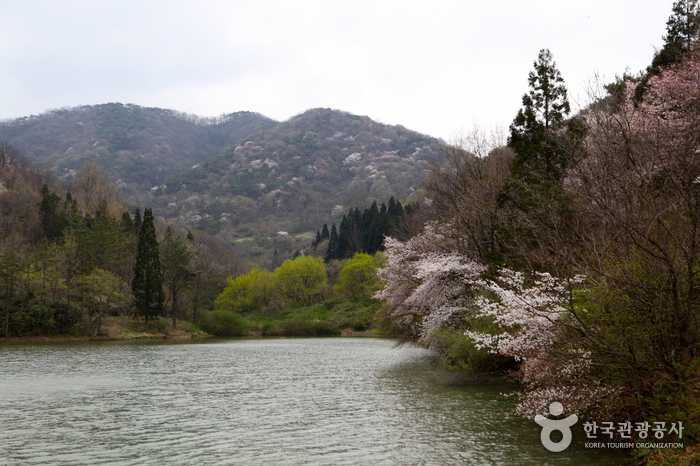
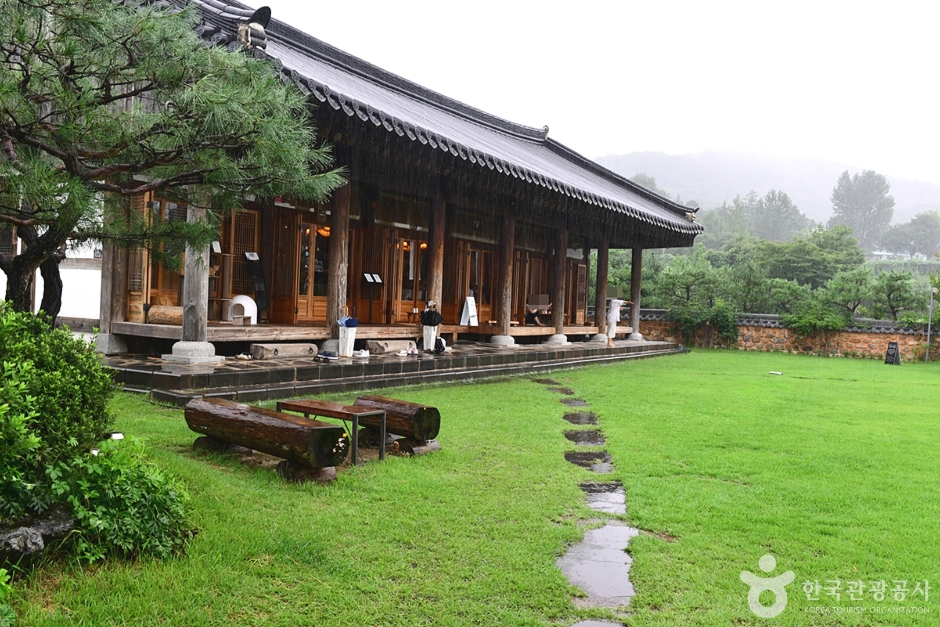
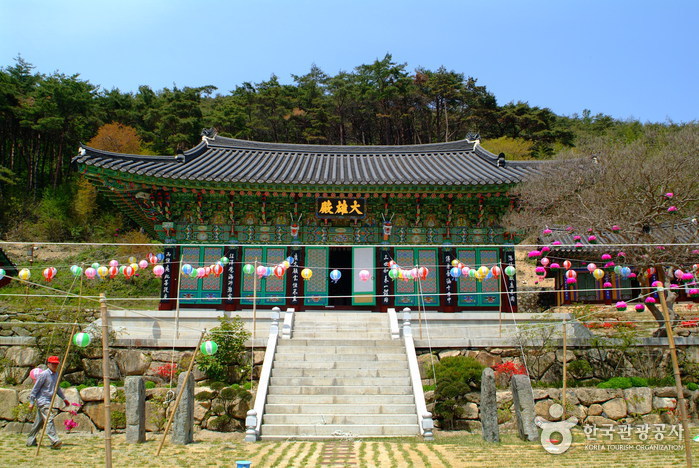
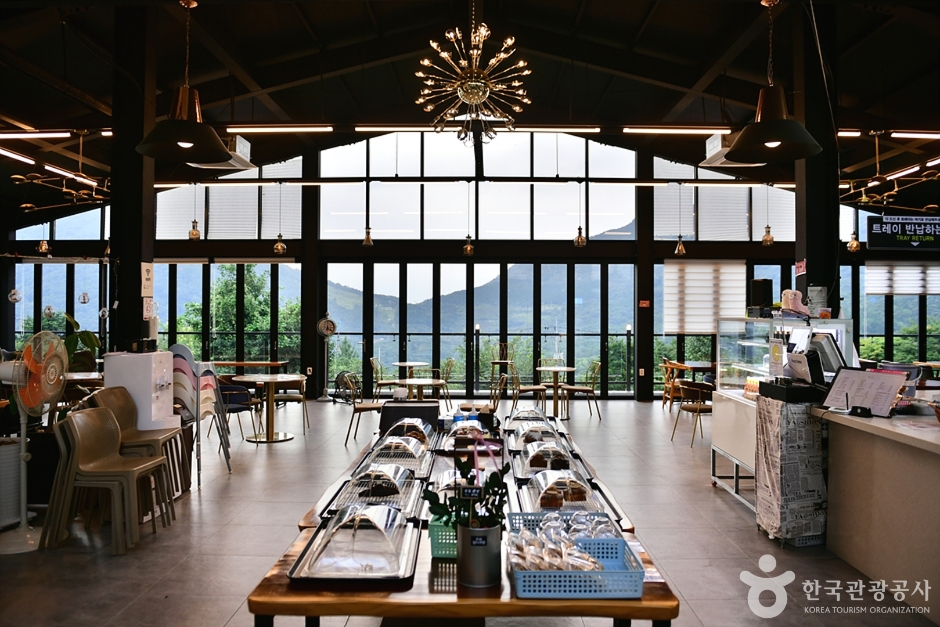
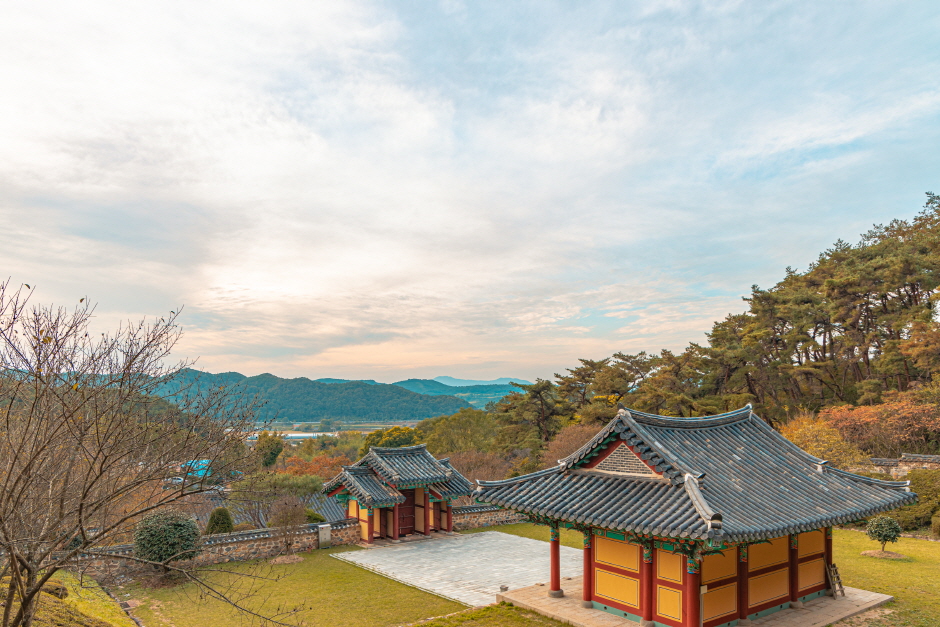
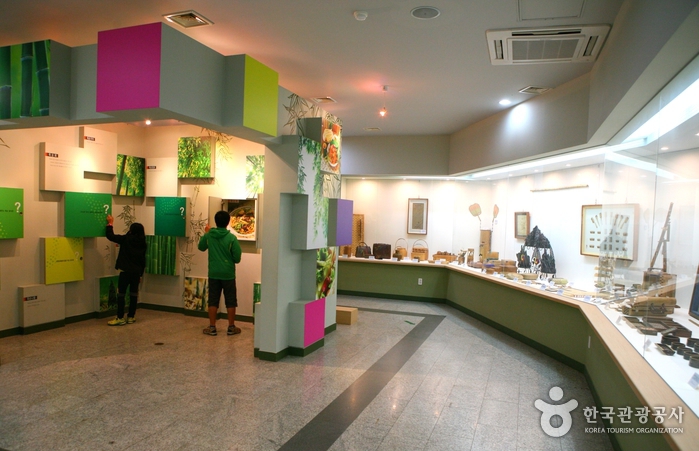
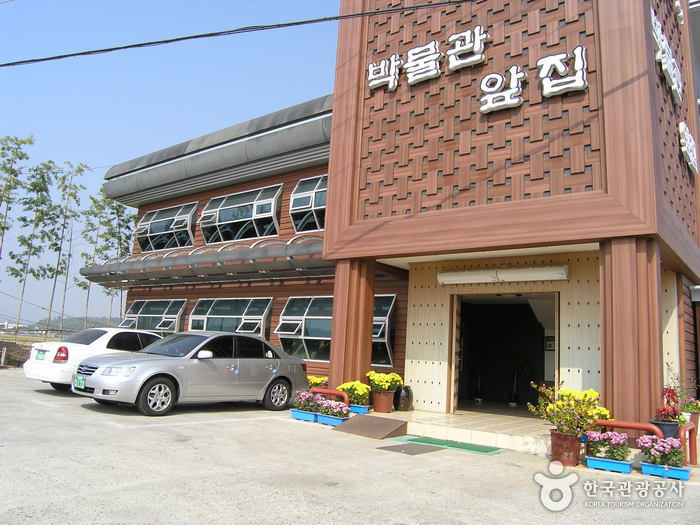
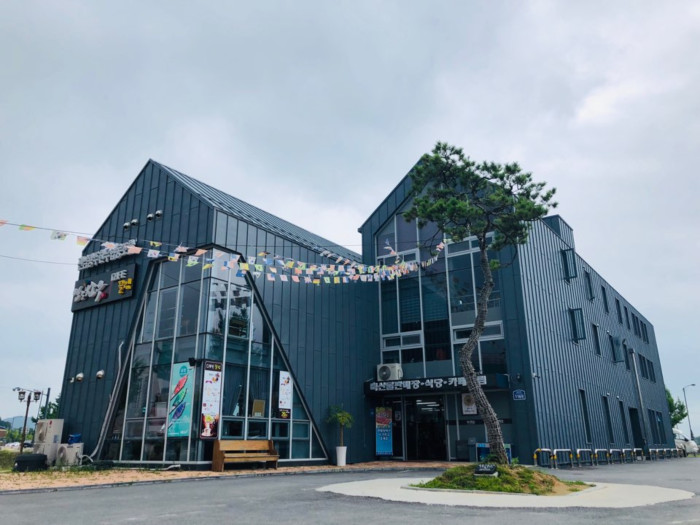
 English
English
 한국어
한국어 日本語
日本語 中文(简体)
中文(简体) Deutsch
Deutsch Français
Français Español
Español Русский
Русский